We’ve found a large number of phishing scams this week, including ones relating to FedEx, DHL and Apple. Would you have been able to spot all the scams?
Phishing Scams
Impersonating trusted brands, scammers contact you using excuses like bogus security alerts or fake package notifications via text message or email — always with the goal of getting you to click on phishing links. They try to prompt you into completing various tasks after clicking on the links, for example, “verifying” your account or filling out an online form. Below are some examples:
Delivery Scams
People nowadays rely on online shopping and package delivery more than ever — scammers know this and they’re out there ready to exploit you with lots of delivery scams:
#1 – FedEx
Do you get excited when you receive a delivery notification text? Hold on for a second because it could be FAKE!
Voicemail: Parcel Sorting Center found parcel delivery addressed to your name. Final pickup date: Upcoming Friday! <URL>
We’ve detected scammers sending fake FedEx links to people. If you fall for this scam and click on one of the links as instructed, you will be taken to a page like this:
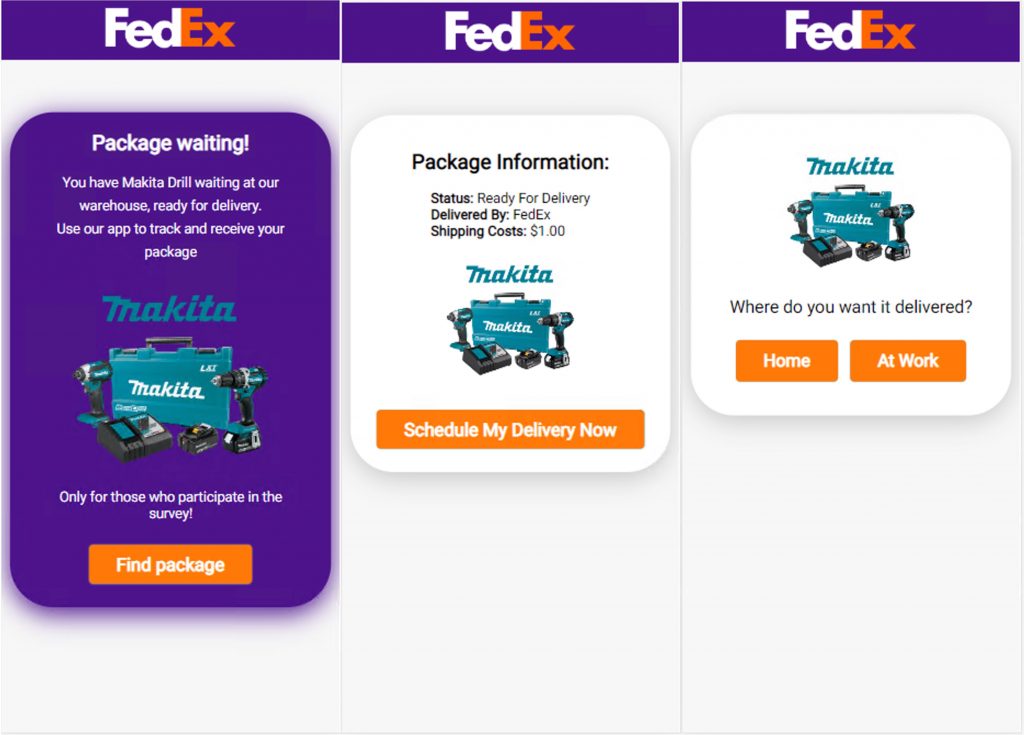
The page prompts you to schedule a delivery. And if you proceed, you could eventually expose your personal information, including your home address and credit card details because this is a phishing page. Scammers can record any credentials you submit here and use them to commit crimes such as identity theft! Don’t let them:
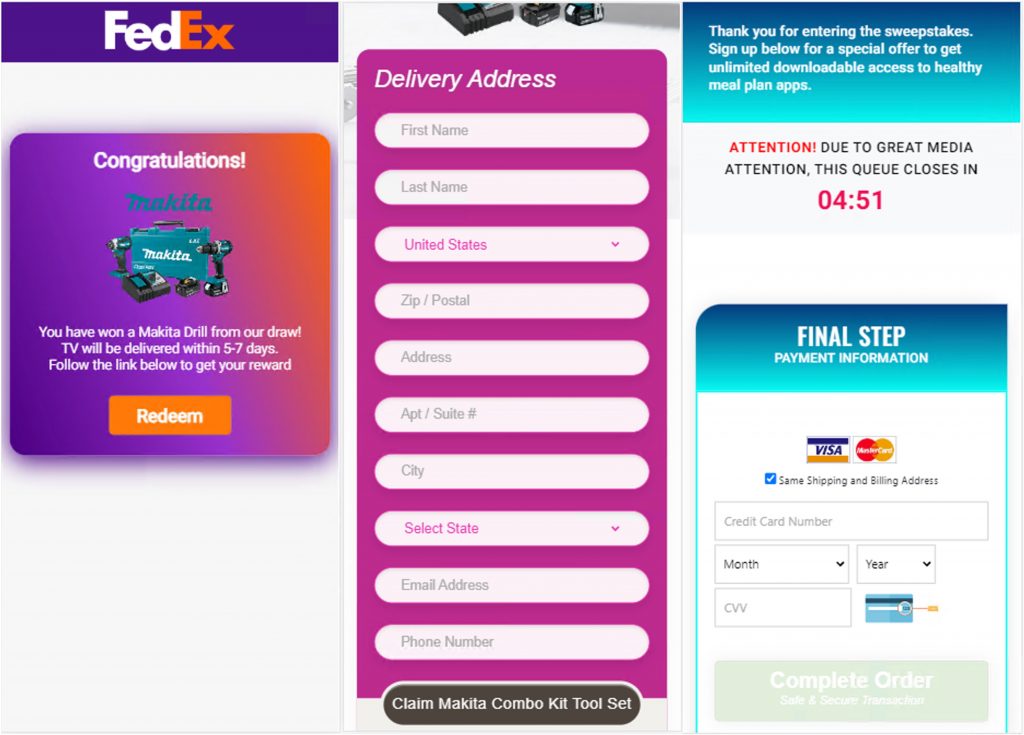
#2 – DHL
Delivery scams also come as phishing emails. Below is an example of a fake DHL email notifying you about the arrival of a package (that doesn’t exist):
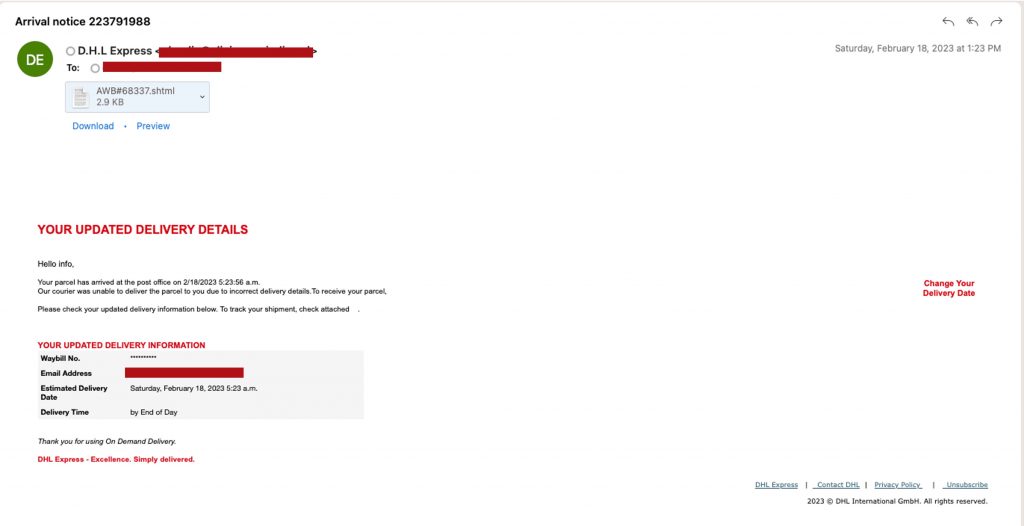
Scammers instruct you to click on the attachment in the email (an HTML file). When you open it, a fake DHL page will pop up:
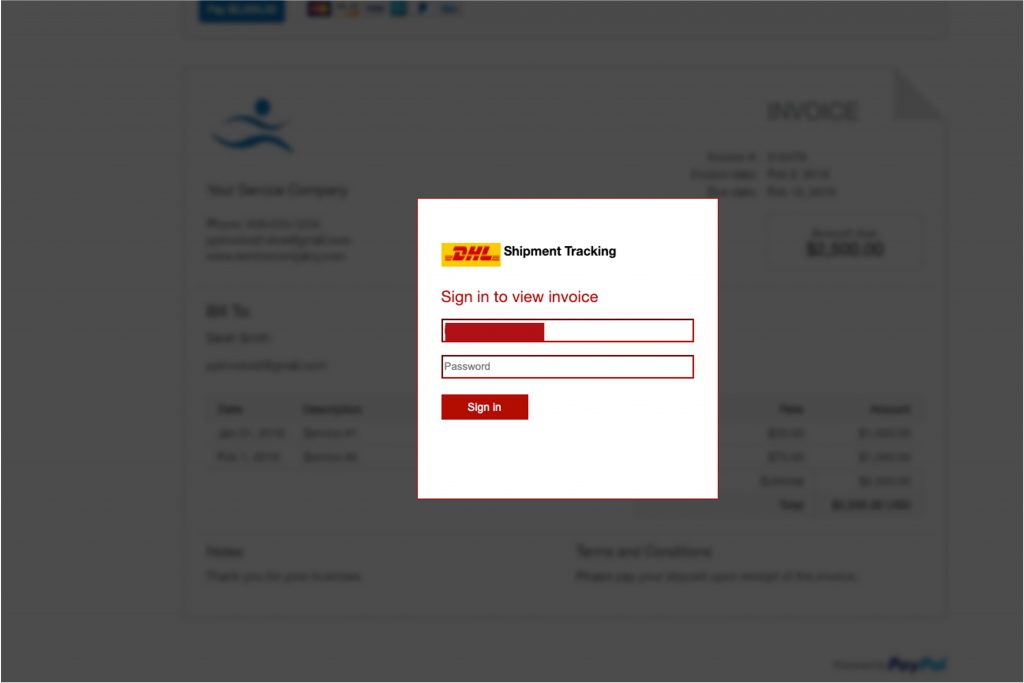
If you enter your DHL login credentials here, again, scammers can collect the data and steal it. Be careful!
Apple Phishing
It’s quite scary if you see a text that says your Apple wallet got hacked. But think twice before you take further action!
Your device has been suspended from Apple Pay. You must re-activate your wallet to use any tap n pay services: <URL>
Scammers try to trick you into thinking that you need to reactivate your Apple wallet via the phishing link, and of course, it will lead to a phishing page that steals all your Apple credentials. Scammers can gain access to all the data and even swipe your credit card. Watch out!
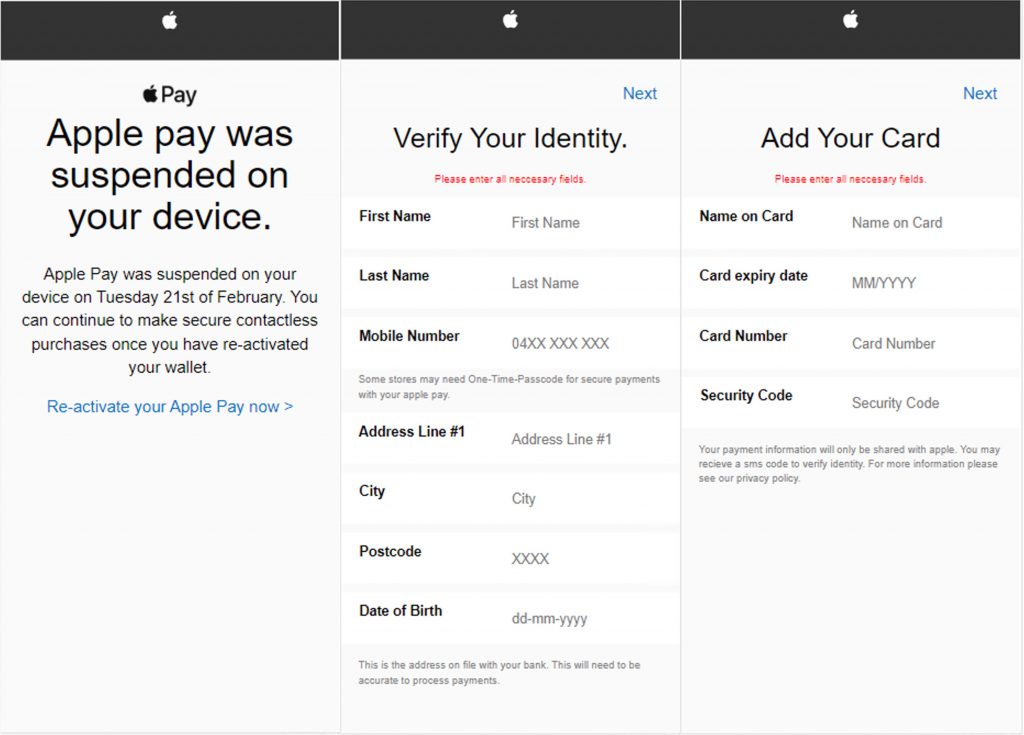
Stop Phishing Scams With Ease Using Trend Micro ScamCheck
The best way to prevent phishing scams is to NEVER click on links or attachments from unknown sources. You can try Trend Micro ScamCheck, a browser extension and mobile app for detecting scams, phishing attacks, malware, and dangerous links, to surf the web safely (it’s FREE!).
After you’ve pinned the ScamCheck extension, it will block dangerous sites automatically! (Available on Safari, Google Chrome, and Microsoft Edge.)
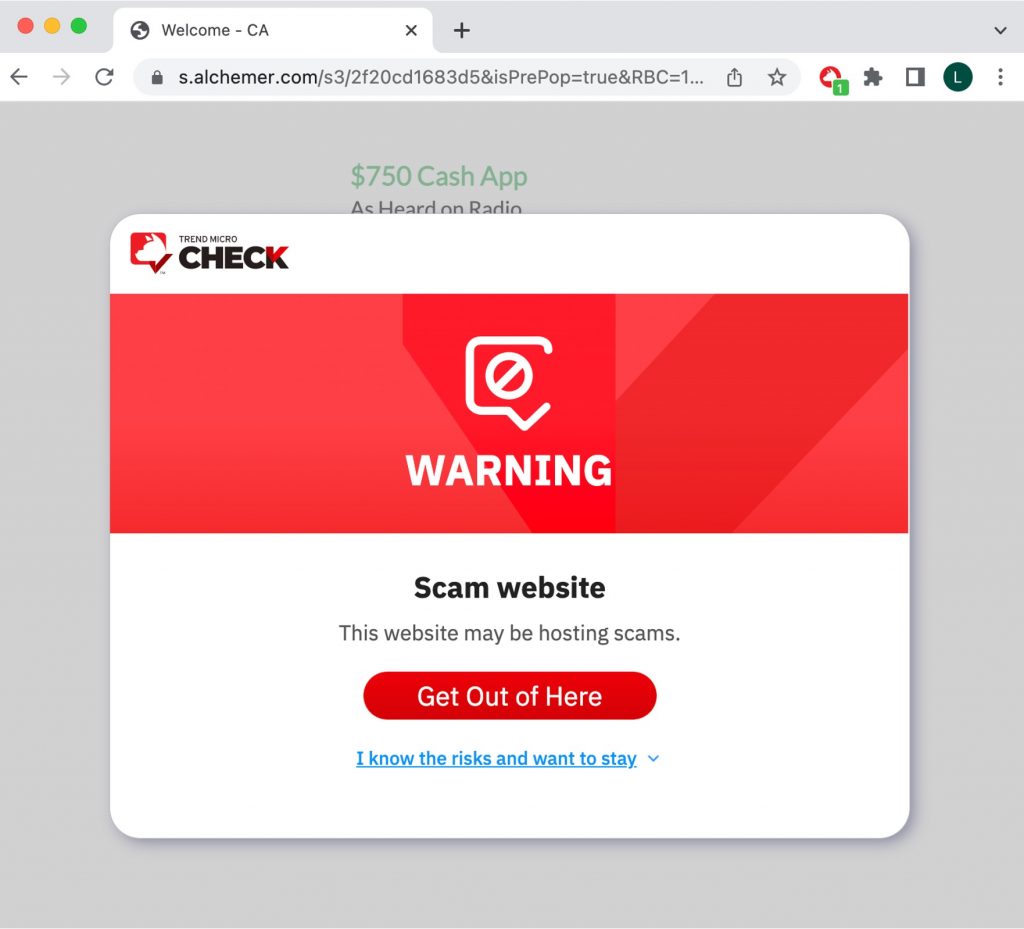
You can also download the ScamCheck mobile app for 24/7 automatic scam and spam detection and filtering. (Available for Android and iOS).
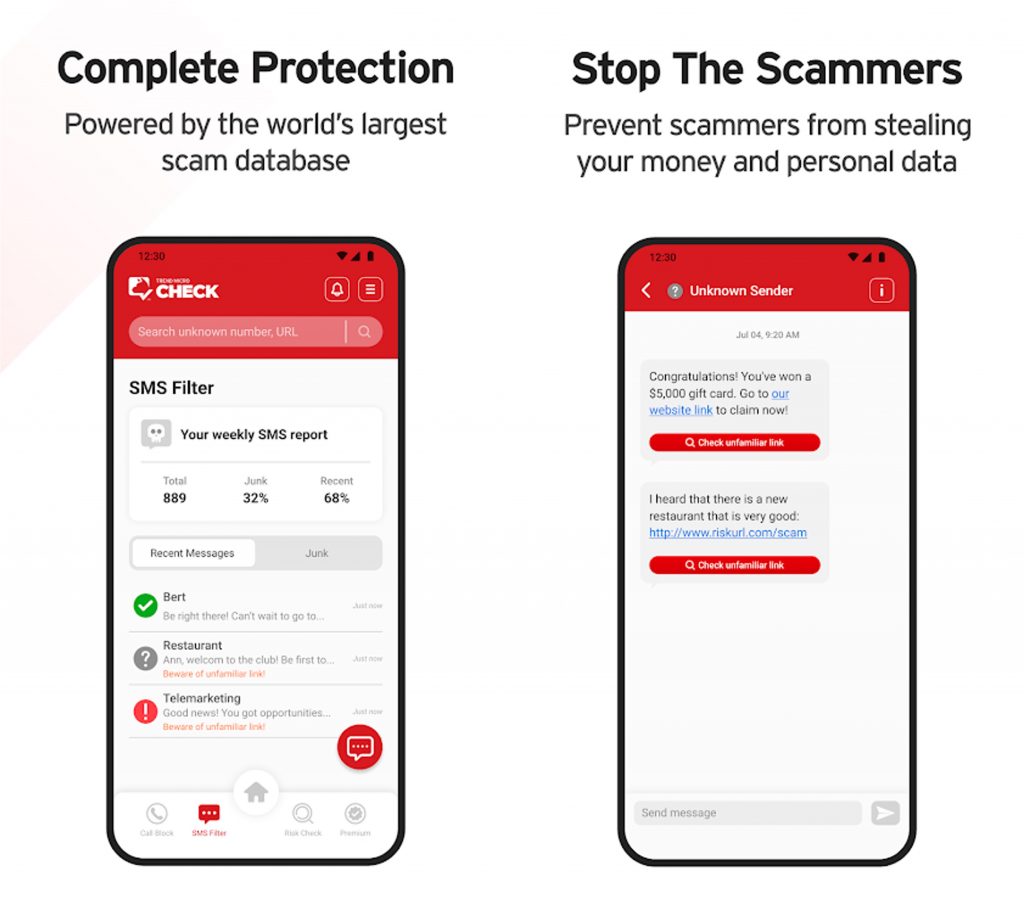
Check out this page for more information on ScamCheck.
More Tips to Stay Safe Online
- Double-check the sender’s mobile number/email address. Go to the official website/application instead!
- Change your password as soon as possible if you’ve already clicked on a suspicious link. Consider using our online Password Generator (also FREE!) to create strong, tough-to-hack passwords.
- Finally, add an extra layer of protection to your devices with Trend Micro Maximum Security. Its Web Threat Protection, Ransomware Protection, Anti-phishing, and Anti-spam Protection will help you combat scams and cyberattacks. Click the button below to give it a try.
If you’ve found this article an interesting and/or helpful read, please SHARE it with friends and family to help keep the online community secure and protected. Also, please consider leaving a comment or LIKE below.
